The Figarov Brothers’ house: An architectural gem of Baku A historical journey on Caliber.Az
During the oil boom of the late 19th and early 20th centuries, Baku experienced an unprecedented architectural renaissance. The city was rapidly transformed, with luxurious mansions, revenue houses, and public buildings springing up one after another—financed by the oil industrialists of the time. These structures not only reflected the aesthetic preferences of their era but also became symbols of a new age, where wealth, culture, and progress were intricately intertwined. The architectural legacy of oil-rich Baku still amazes with its scale, style, and historical significance.
In those days, the owners of oil capital spared no expense in building their homes, sometimes spending fortunes. For them, a house was not merely a place to live, but an expression of personal taste, social status, and cultural refinement. Many of them, often also acting as patrons of the arts, commissioned the best engineers and architects from across the Russian Empire. Their mansions became true masterpieces of architectural art and a source of pride for the city.
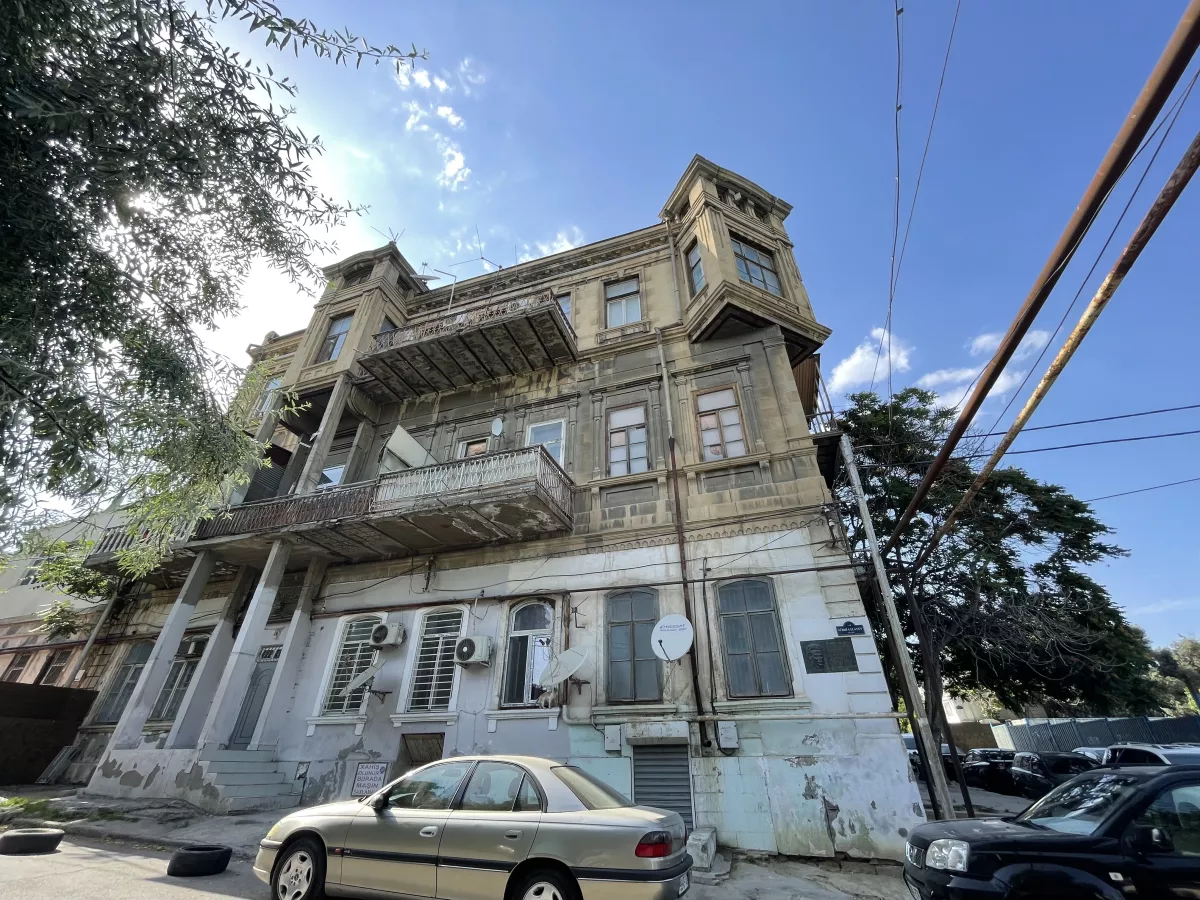
In one of Baku’s oldest neighbourhoods—the Yasamal district—stands a unique architectural monument: the House of the Figarov Brothers, located on what is now Alibaba Abdullayev Street. From afar, it resembles a mysterious medieval castle, rising majestically amid what was once a district of single-storey buildings. Its figurative design, sculptural forms, and emotional expressiveness lend the house a truly distinctive character.
Haji Zulfugar Figarov hailed from an ancient and noble lineage, whose roots trace deep into history. His sons—Haji Alimardan, Karbalayi Asgar, Fatulla, and Haji Alirza—honourably carried on the family’s traditions.
The history of the Figarov family itself deserves special mention. Initially, family members bore the surname Zulfugarov, derived from their prominent ancestor Zulfugar. Over time, to distinguish themselves from others with the same surname and to underscore the nobility of their heritage, the descendants dropped the first part of the name and retained only “Figarov.” This transformation became a kind of symbol of the family’s uniqueness. All those who bear the Figarov name today are direct descendants of a common ancestor.
The Zulfugar family also maintained deep ties with Derbent. In this ancient city, two mahallas (districts), the former State Bank building, and the adjacent residential house on Buynaksky Street were constructed by members of the family.
The sons of Haji Alimardan, the eldest son—Ali-Akbar, Ali-Mirza, Haji Hasan, and Haji Huseyn—played significant roles. It was Haji Hasan and Haji Huseyn who inherited the Baku mansion, which is why it came to be known as the "House of the Figarov Brothers." The building became not only a family residence but also an architectural symbol of an entire era.
At the beginning of the 20th century, the Figarov brothers were known as wealthy, influential, and respected members of society. Their family had long owned fishing enterprises, a shipbuilding factory in Baku, vast land plots, gardens, and mansions in the city centre. For example, a 575-hectare estate called “Ramazan Kutan” was purchased from Prince Utsmiyev by Haji Mirza Figarov, and today, a residential settlement stands on the site of one of the family gardens.
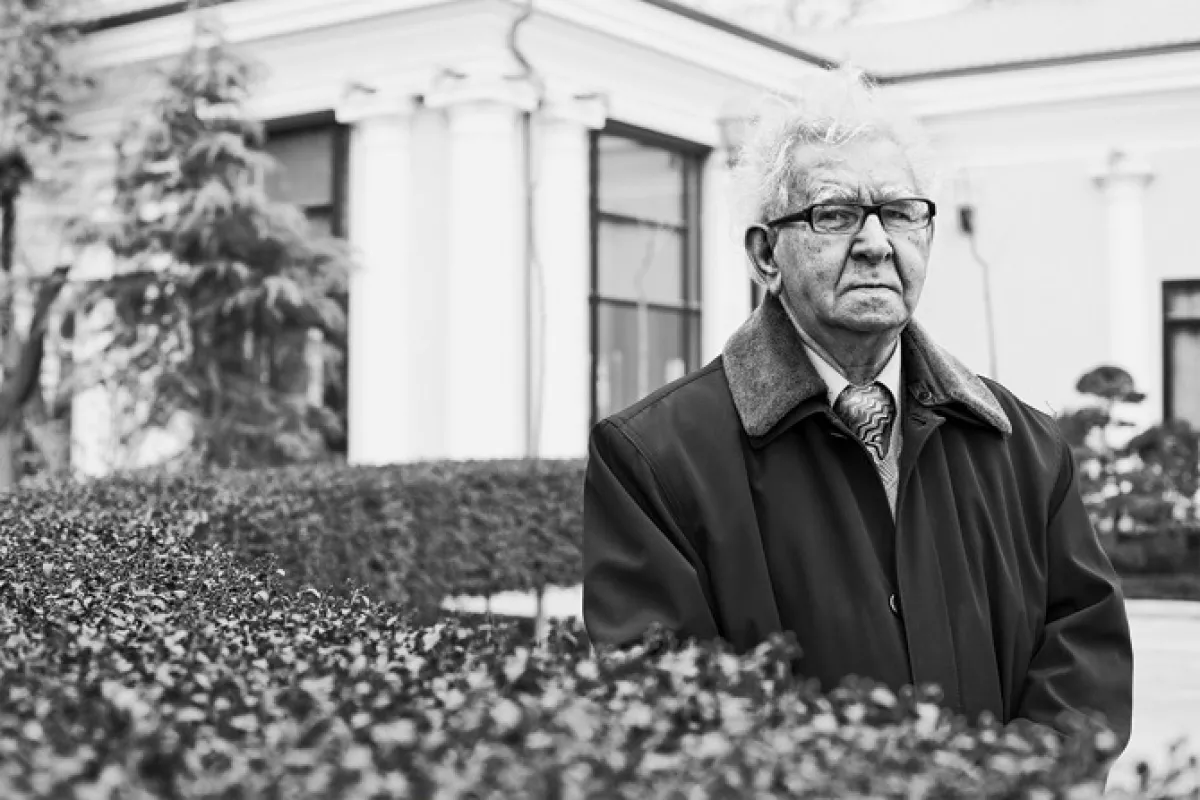
Among the prominent members of the family are Huriyyat Figarova and Shamil Fatullayev-Figarov, an Honoured Architect of Azerbaijan — a world-renowned scholar, academician of the National Academy of Sciences of Azerbaijan, and author of fundamental works on the history of architecture. His contribution to the study and preservation of the country’s cultural heritage is invaluable.
Built in 1910, the House of the Figarov Brothers has since its inception become one of the most striking urban landmarks in Baku’s historic Kubinka district.
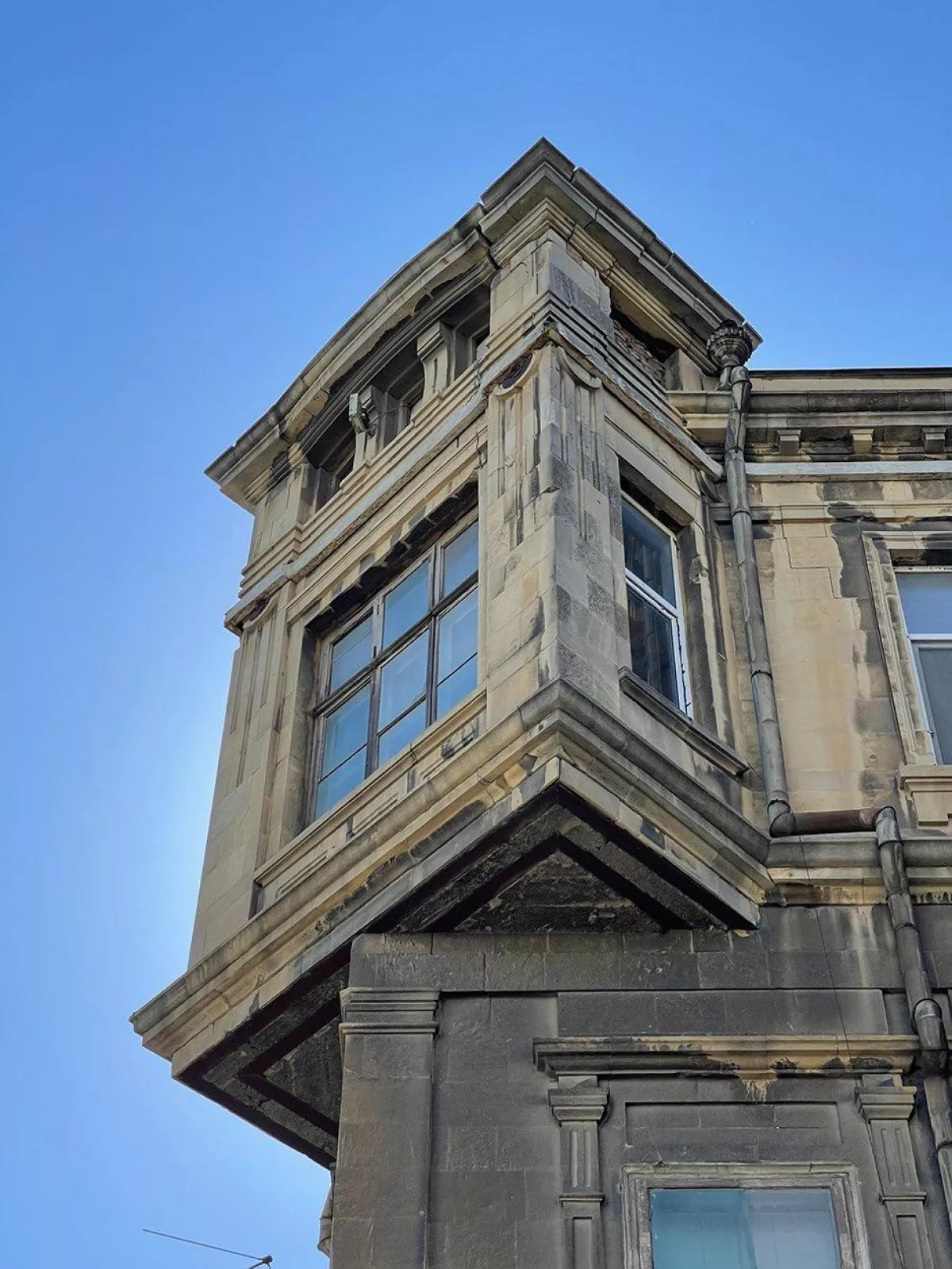
This three-storey building, with facades facing three streets, occupies a prominent elevated position, making it especially noticeable and lending the entire composition elegance and expressiveness. The architectural design of the mansion features carefully considered sculptural forms: corner and side elements, characteristic Art Nouveau lines, and finishing touches in the form of bay windows topped with fluted domes create a cohesive and memorable artistic image. The building impresses simultaneously with its monumentality and grace: tall window openings, delicate stone carvings, and elegant decorative inserts emphasise its noble appearance and status.
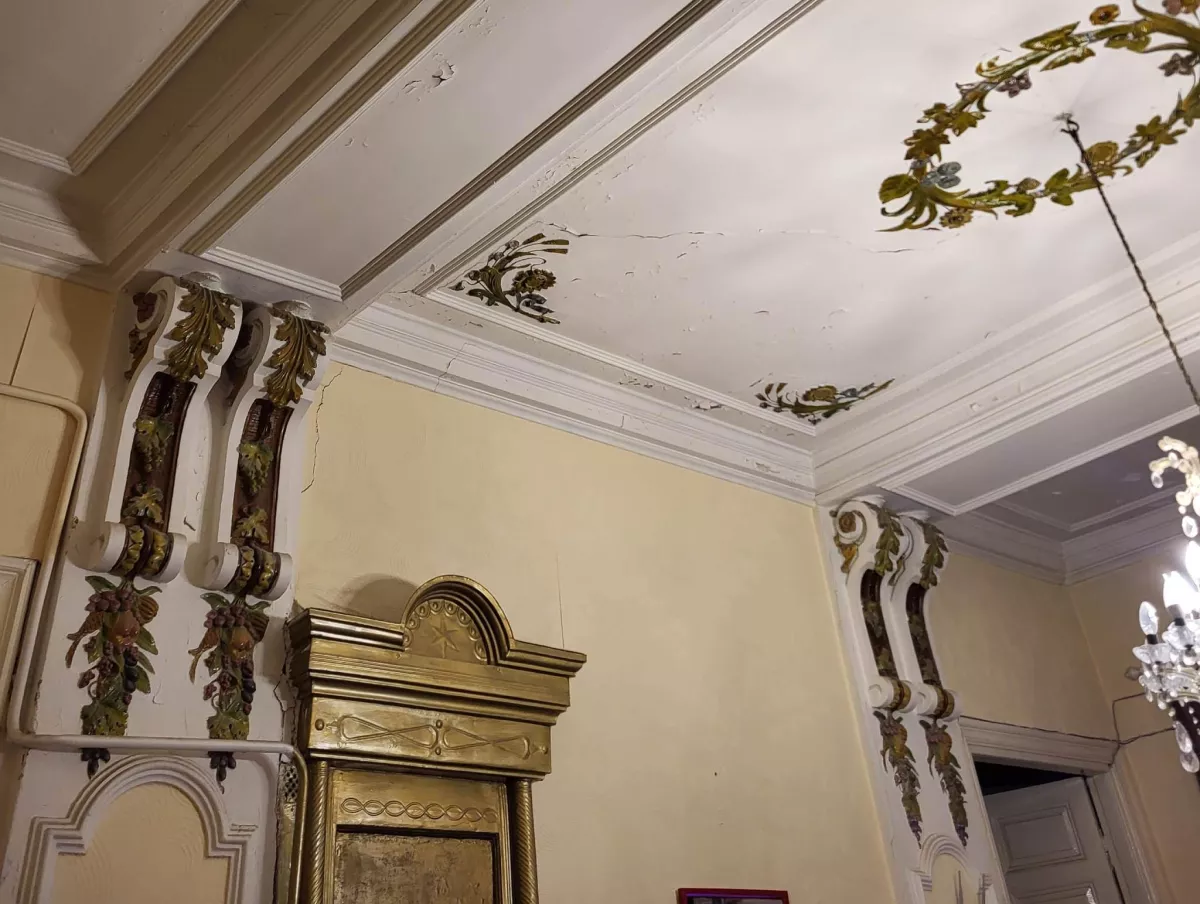
The interior decoration of the mansion also embodies the grandeur of its era. Ceilings soaring up to five meters are adorned with exquisite stucco patterns. Stone-framed fireplaces, preserved to this day, testify to the refined artistic taste of the owners and the skill of the architects.
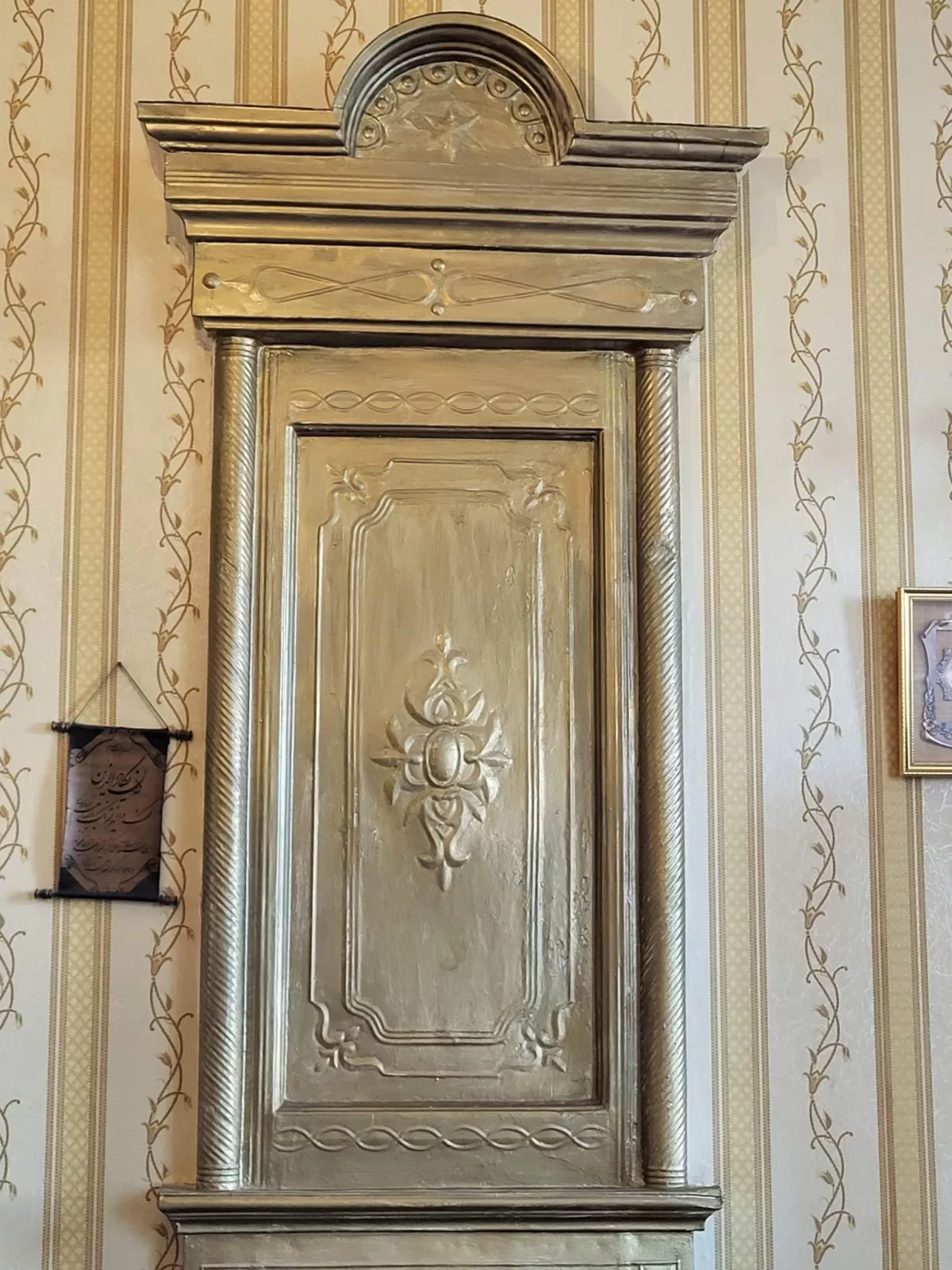
Particular attention deserves the original paintings on the stair landings. Although they were painted over during the Soviet period, beneath the layers of paint the artworks remain intact, most of which are eligible for restoration and can be brought back to life.
The building’s engineering solutions are equally impressive. All the load-bearing exterior walls are 80 cm thick, while the internal partitions bearing the main structural load are only 15 cm thick. A unique feature is the one-and-a-half-metre-high space between the second and third floors, serving as a kind of technical basement and providing complete sound insulation between the levels.
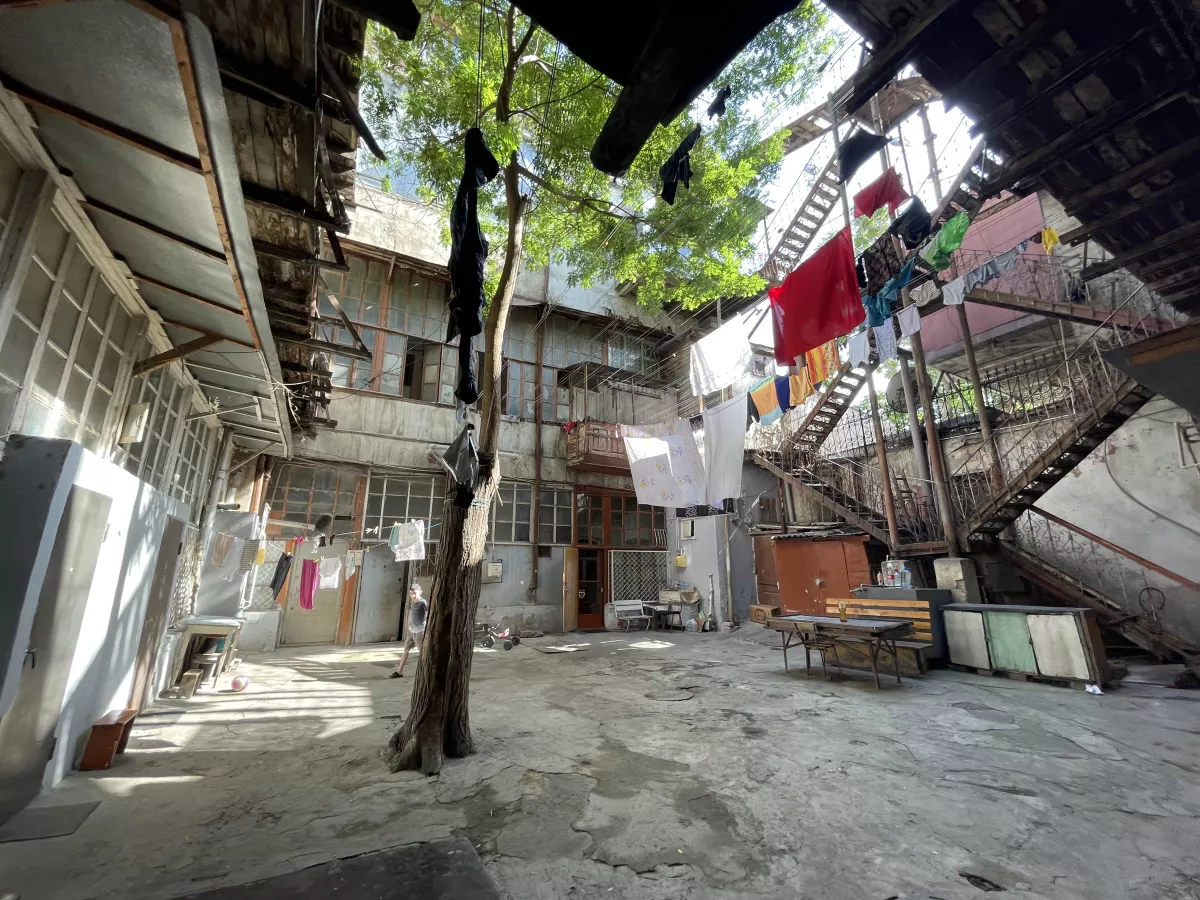
The mansion’s courtyard is designed in a cozy Italian style — a secluded, intimate courtyard that once offered a special atmosphere of comfort and privacy. In those days, before Baku was surrounded by dense urban development, the balcony of the house provided a breathtaking view of the city, the boulevard, and the sea, which stretched out before the eyes like a scene laid out on a palm.
The House of the Figarov Brothers is not just a building but a tangible embodiment of history and the spirit of its time. Its walls hold memories of Baku’s rapid development during the oil boom and the fates of the people whose names became an inseparable part of the city’s chronicle. Today, this house remains one of the most expressive and atmospheric structures of the old city, reflecting not only the architectural tastes of its era but also the proud history of an outstanding Azerbaijani family.








